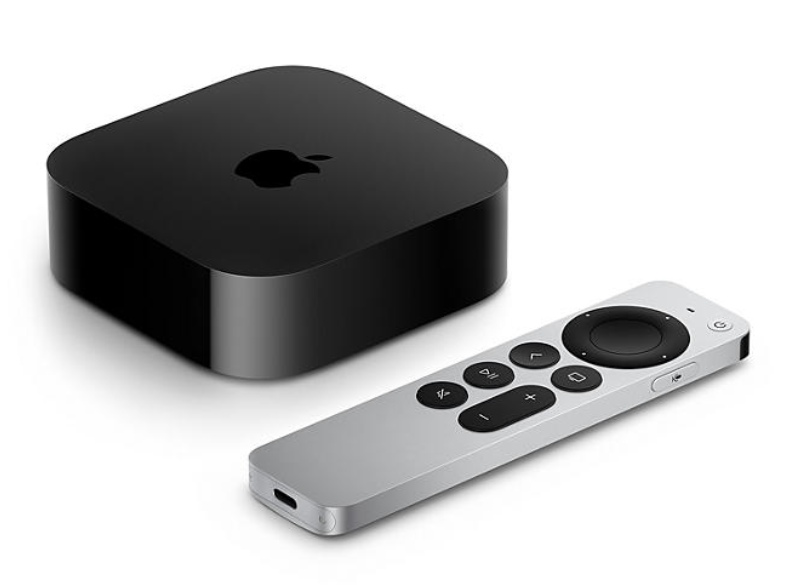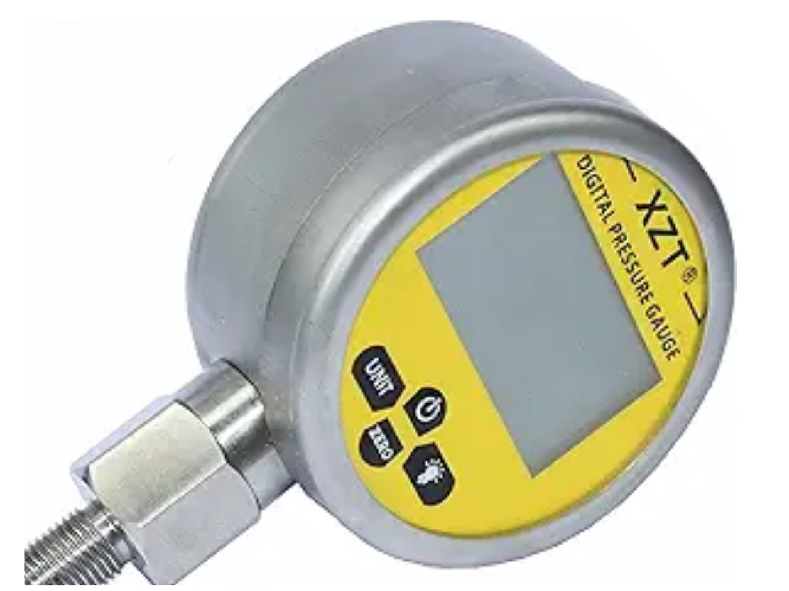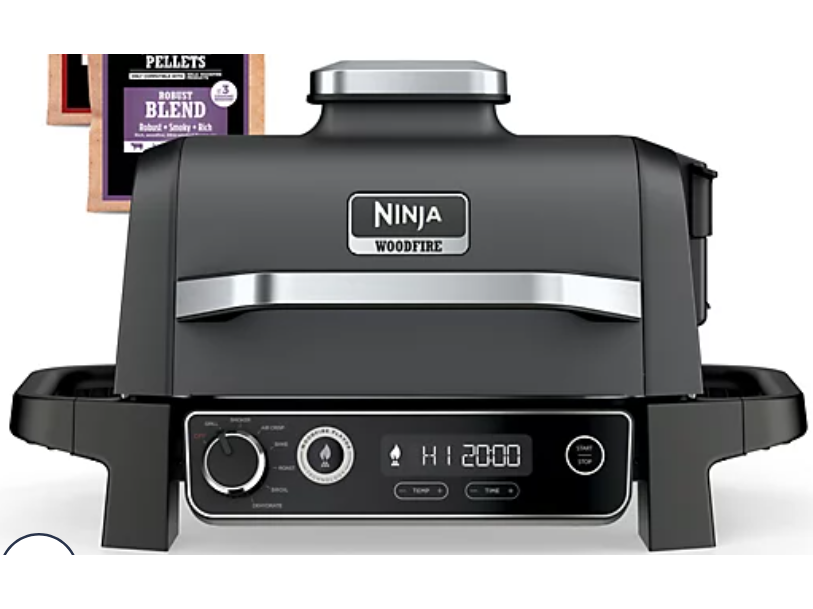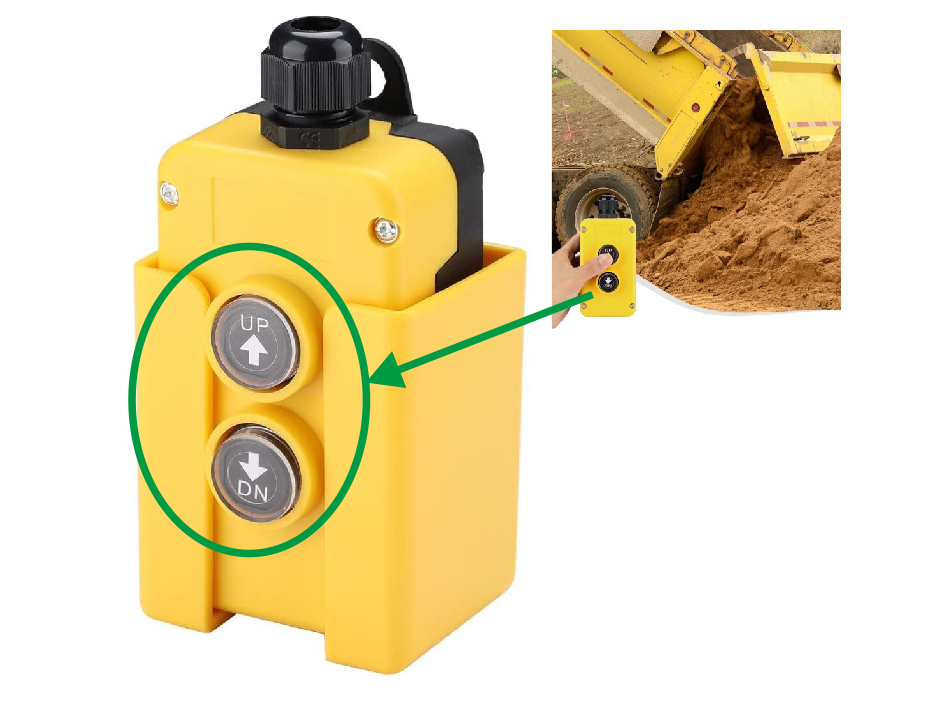Membrane switches are electronic components that are usually constructed from a variety of materials.
Commonly used materials include
Overlay Material:
The membrane overlay is the central component of a membrane switch and is typically made of polyester or polyimide film. The film is utilized to transmit the trigger signal and is flexible and resistant to abrasion. Polyester film is a popular material for the film, offering good flexibility and wear resistance, making it suitable for the production of the membrane switch trigger layer. Polyimide film boasts excellent high temperature resistance and chemical stability, making it commonly used for membrane switches that require operation in high-temperature environments.
Conductive Material:
An electrically conductive material, such as conductive silver ink or carbon ink, is applied to one side of the film to create a conductive path for signal transmission. Conductive silver ink is applied to one side of the membrane switch to establish a conductive connection that facilitates the transmission of the trigger signal. Carbon ink is also frequently utilized to establish conductive paths for carrying electrical currents.
Contacts/Keys:
The membrane overlay should be designed with a series of contact points or keys that trigger action when pressure is applied, generating an electrical signal.
Backer and Support:
An adhesive backing or support is often utilized to secure the membrane switch to the device and provide structural support. Materials such as polyester film can be employed to enhance the structural strength and stability of the membrane switch. Acrylic backing is commonly utilized to secure membrane switches to the application equipment while also offering cushioning and protection.
Adhesive:
Double-sided adhesive is commonly used to secure the internal structure of membrane switches or to bond them to other components.
Connecting Wires:
Membrane switches may have wires or rows of wires soldered or attached to them in order to connect to circuit boards or other devices for signal transmission.
Connectors/Sockets:
Some membrane switches may have connectors or sockets for easy replacement or upgrading, or for connection to other equipment. ZIF connection is also an option.
In summary, membrane switches consist of components such as film, conductive patterns, contacts, backing/support, connecting wires, bezels/housings, and connectors/sockets. These components work together to achieve the triggering and signal transmission functions of the membrane switch.





